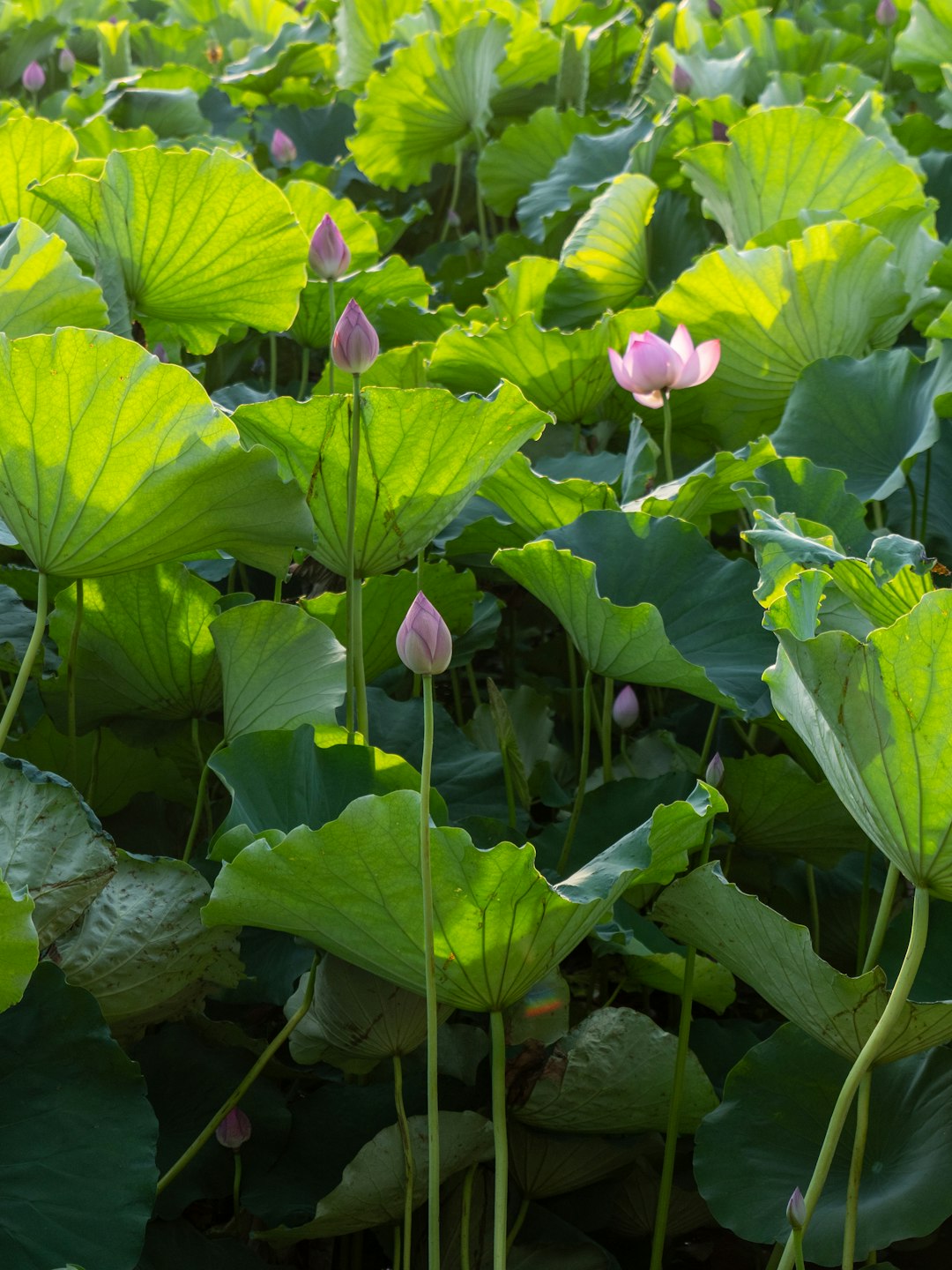The Secret to a Lush Lawn: Thatch Management

Maintaining a beautiful yard is a dream for many homeowners. A lush, green lawn not only enhances the aesthetic appeal of your property but also provides a comfortable space for outdoor activities. However, one common challenge that lawn owners face is dealing with thatch. Thatch is a layer of dead grass, roots, and other organic matter that accumulates between the soil surface and the green grass blades. While a thin layer of thatch can be beneficial, excessive thatch can cause a variety of problems for your lawn.
First, let's understand why thatch is inevitable. As grass grows, it naturally produces new shoots and roots, and the old ones die off. Over time, these dead materials start to pile up, forming thatch. Environmental factors such as high humidity, over - watering, and excessive fertilization can also contribute to the rapid build - up of thatch. When thatch becomes too thick (more than half an inch), it creates a barrier that prevents water, air, and nutrients from reaching the soil and the grass roots. This can lead to a weak, patchy lawn that is more susceptible to diseases, pests, and drought stress.
Now, let's discuss some effective ways to deal with thatch and minimize its impact on your lawn. One of the most straightforward methods is manual dethatching. You can use a thatching rake, which has sharp, curved tines designed to pull up the thatch layer. Start by mowing your lawn to a shorter height than usual. Then, rake the lawn in different directions to ensure you remove as much thatch as possible. This method is suitable for small lawns or areas with a relatively thin thatch layer. However, it can be labor - intensive and time - consuming.
For larger lawns or areas with thick thatch, power dethatching is a better option. A power dethatcher, also known as a vertical mower, uses rotating blades or tines to cut through the thatch and lift it to the surface. This machine can cover a large area quickly and efficiently. When using a power dethatcher, it's important to adjust the depth settings correctly to avoid damaging the grass. You should also be careful not to dethatch too often, as this can harm the lawn. Generally, it's recommended to power dethatch once every one to three years, depending on the thatch build - up.
Another effective way to manage thatch is through proper lawn maintenance practices. Aeration is a crucial step in reducing thatch. Aerating your lawn involves creating small holes in the soil to allow air, water, and nutrients to penetrate more easily. You can use a manual or power aerator to perform this task. Core aerators are particularly effective as they remove small plugs of soil from the lawn. Aeration not only helps break up the thatch but also promotes healthy root growth.
Proper watering is also essential for thatch management. Water your lawn deeply but infrequently. This encourages the grass roots to grow deeper into the soil, making the lawn more resilient. Avoid over - watering, as this can contribute to thatch build - up. Additionally, adjust your watering schedule according to the weather conditions. During hot, dry periods, you may need to water more often, while in cooler, wetter weather, you can reduce the frequency.
Fertilization also plays a role in thatch control. Use a slow - release fertilizer that provides a balanced amount of nutrients over time. Avoid using excessive amounts of nitrogen, as this can stimulate rapid grass growth and increase thatch production. Follow the recommended application rates on the fertilizer package and apply it at the appropriate times of the year.
In conclusion, dealing with thatch is an inevitable part of lawn care, but with the right strategies, you can minimize its impact and keep your lawn lush and healthy. By combining manual or power dethatching, proper aeration, watering, and fertilization, you can maintain a beautiful yard that you can be proud of. Remember, a well - cared - for lawn not only adds value to your property but also provides a wonderful outdoor space for you and your family to enjoy.